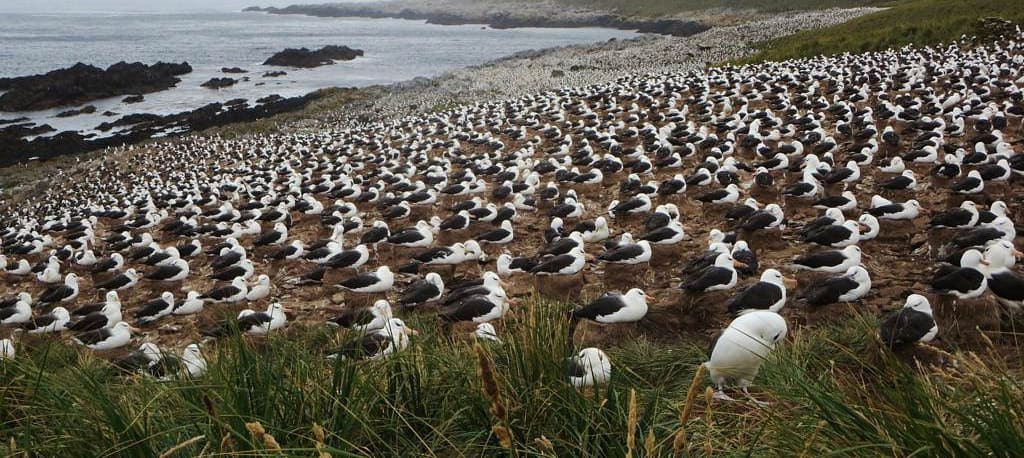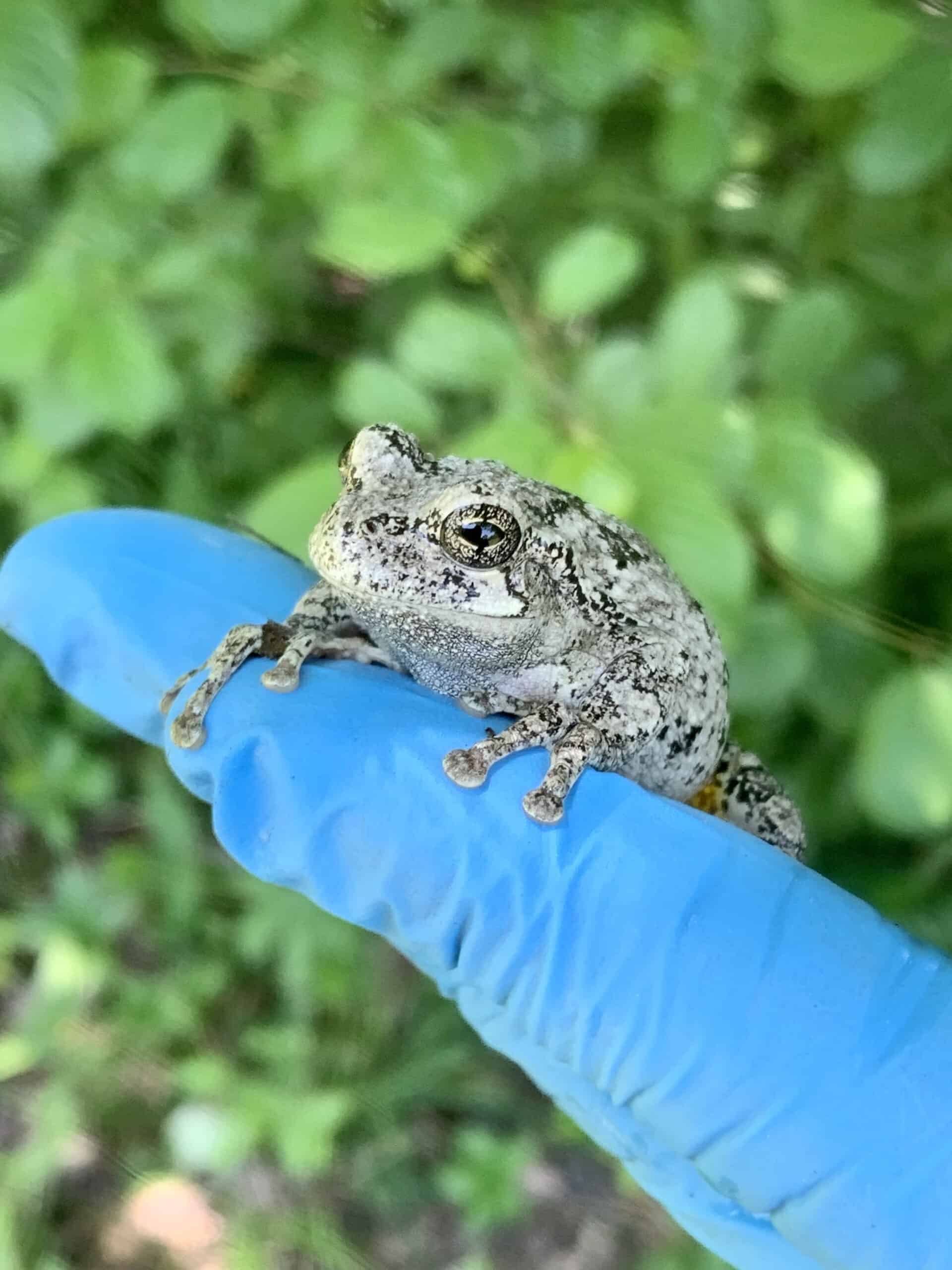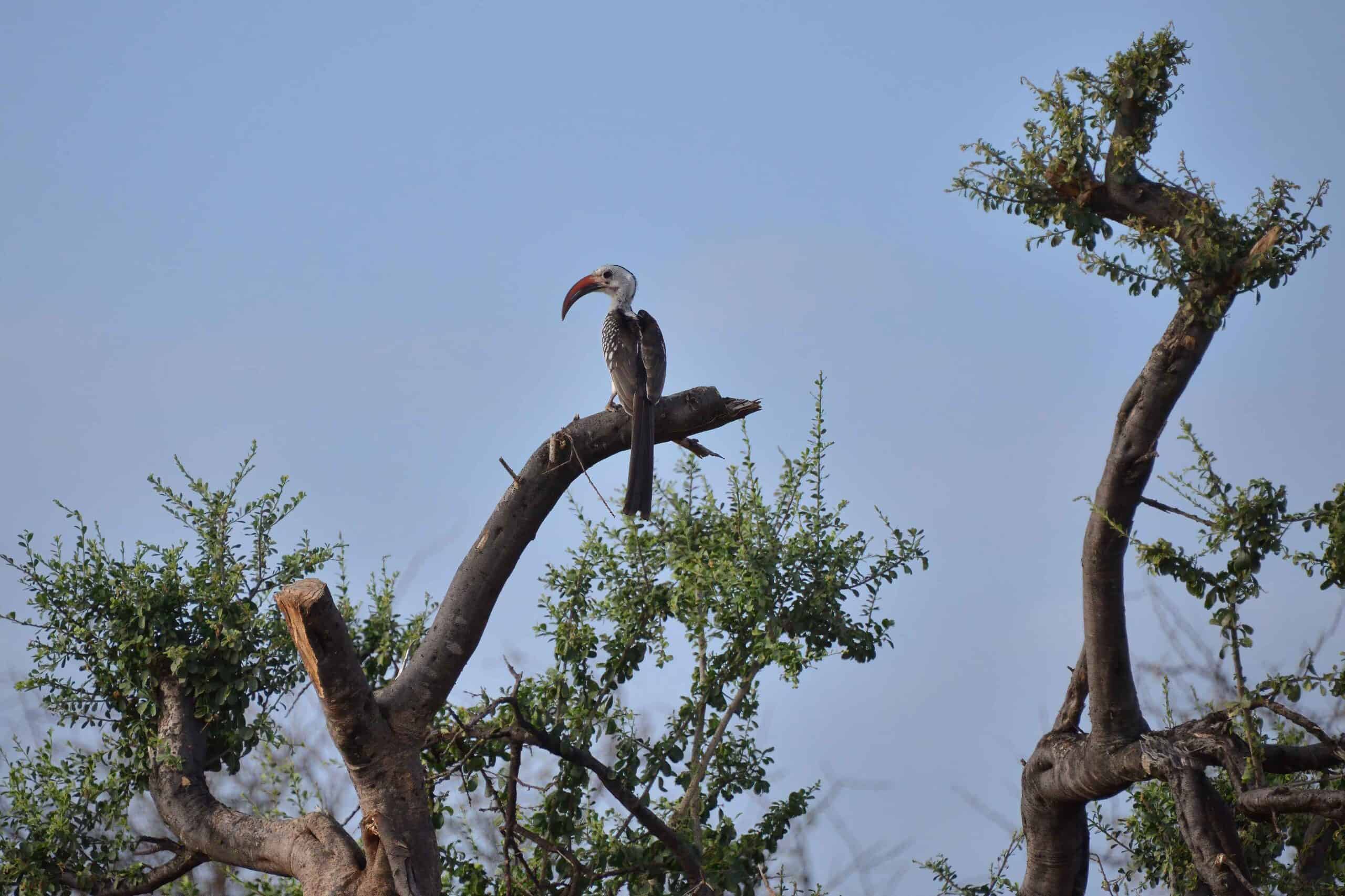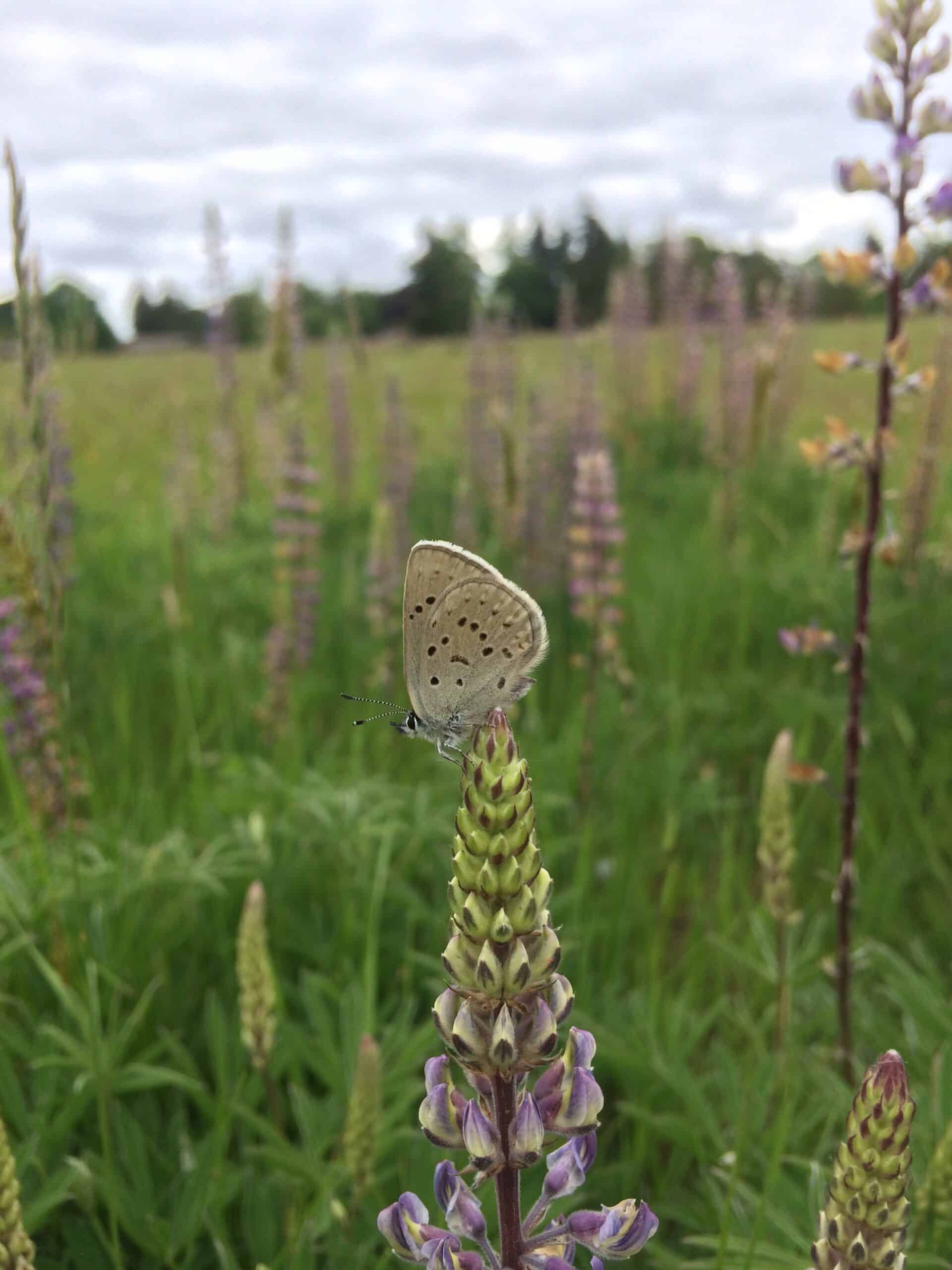Share this article
Balloons play an outsize role in seabird deaths
Parents may want to think twice before allowing their children to let balloons fly off into the atmosphere. When seemingly harmless latex balloons end up in the ocean, according to a new study, they become unusually deadly for seabirds.
“They are attractive and they are disproportionately deadly if those balloons are eaten,” said Lauren Roman, the lead author of the study published recently in Nature Scientific Reports. Roman is a postdoctoral researcher at the Commonwealth Scientific and Industrial Research Organization, an Australian government agency.
It’s nothing new that ingesting too much plastic and other human marine debris can kill seabirds. By blocking up their gastrointestinal systems, it can cause infections and even starvation.
But Roman and her co-authors wanted to see whether they could narrow down the causes of death. They examined the insides of more than 1,700 dead birds from 51 different species that they and other organizations collected. They divided the carcasses into those that clearly died due to ingesting debris, those that died from non-debris causes such as fisheries bycatch and those whose death was undetermined.
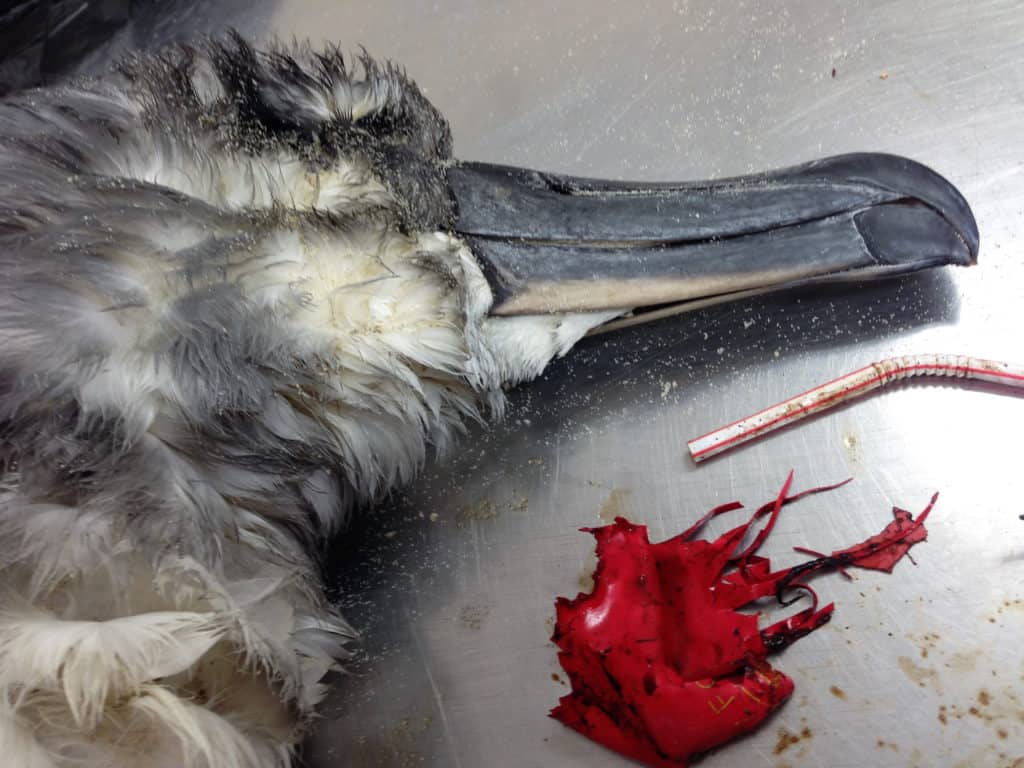
A grey-headed albatross (Thalassarche chrysostoma) is found dead with balloon fragments inside its body. ©Lauren Roman
They found that while birds were more likely to swallow hard plastics, soft plastics — including balloons — were disproportionately responsible for causing death. Soft debris items represented only 5 percent of the ingested items, but they were responsible for more than 40 percent of the deaths.
Balloons themselves, or fragments of balloons, represented just 2 percent of the ingested items, yet they are so deadly for seabirds that one out of five birds found with a balloon in their stomach died from it.
Many hard items of plastic can pass through the guts of the birds, Roman said. Soft, malleable items like balloons, on the other hand, can more easily become compacted and block up the digestive system. Small passages, like the passage between their stomach and intestines, are particularly vulnerable. When plastic blocks these areas, she said, the blockages can cause the birds to starve, even though they’re still able to eat. Rubber items can also take on a stickier consistency as the natural substances they contain begin to break down inside the birds. This can make them particularly deadly, Roman said.
Roman says she believes that seabirds are actually attracted to balloons, which may appear to them like a tasty meal.“We think that the balloons resemble squid to the birds,” she said. They may also be attractive to sea turtles and other animals.
“The biggest message from my end is to dispose of waste responsibly,” Roman said.
Header Image: A new study found that balloons are disproportionately responsible for causing the death of seabirds, such as the black-browed albatross (Thalassarche melanophris). ©David Stanley



